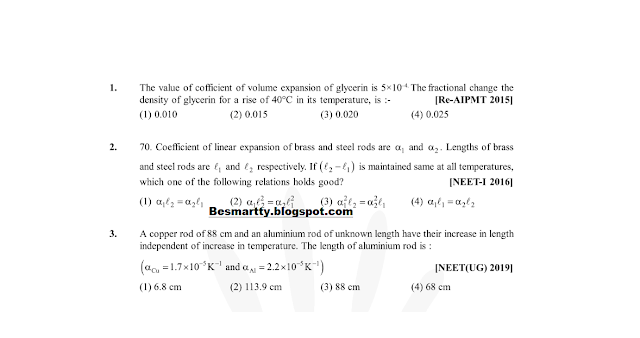Mechanical Properties Of Fluids || Lecture - 04 || Manish Raj Sir || Class 11 || Physics || NEET
Hello Guys!!! I Assume that You All are Watch Mechanical Properties Of Fluids Lecture - 04. Now, Before Going to the Notes I wanna Remind you that Here, we provide Physics Wallah Arjuna NEET Lectures, DPP & ClassNotes.
Mechanical properties of fluids are an important topic in the study of fluid mechanics, which is a branch of physics that deals with the behavior of fluids (liquids and gases) at rest and in motion. In the context of NEET (National Eligibility cum Entrance Test), understanding the mechanical properties of fluids is essential for students who wish to pursue a career in fields like engineering, medicine, or related fields.
The mechanical properties of fluids refer to the way in which fluids respond to external forces. Some of the important mechanical properties of fluids include viscosity, surface tension, compressibility, and elasticity. These properties are related to the behavior of fluids under different conditions, such as changes in pressure or temperature.
Manish Raj Sir LectureTopic Briefly Discussed
Static Fluids Pressure Container At Rest
A static fluid pressure container at rest is a container that contains a fluid which is not in motion, meaning the fluid particles are at rest or moving at a constant velocity. The pressure of a fluid at rest in a container is uniform at any given depth and acts perpendicular to any surface in contact with the fluid. This pressure is known as hydrostatic pressure.
The hydrostatic pressure of a fluid depends on its density, depth, and the acceleration due to gravity. The pressure at a particular depth can be calculated using the formula
P = ρgh,
where P is the pressure, ρ is the density of the fluid, g is the acceleration due to gravity, and h is the depth of the fluid.
In a container with a static fluid, the pressure at the bottom is greater than at the top due to the weight of the fluid. This concept is used in many practical applications, such as in hydraulic systems, where the pressure of a fluid is used to transmit force.






0 Comments